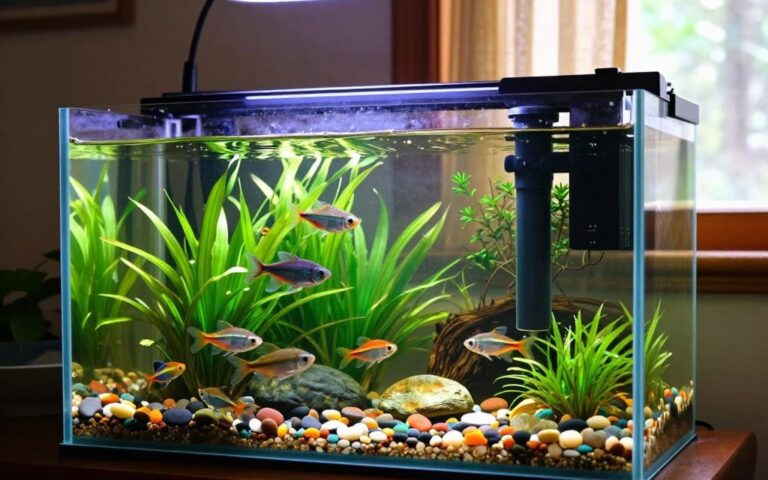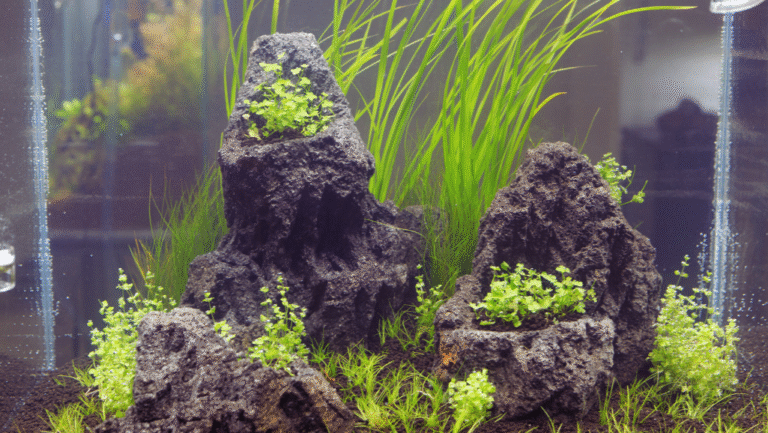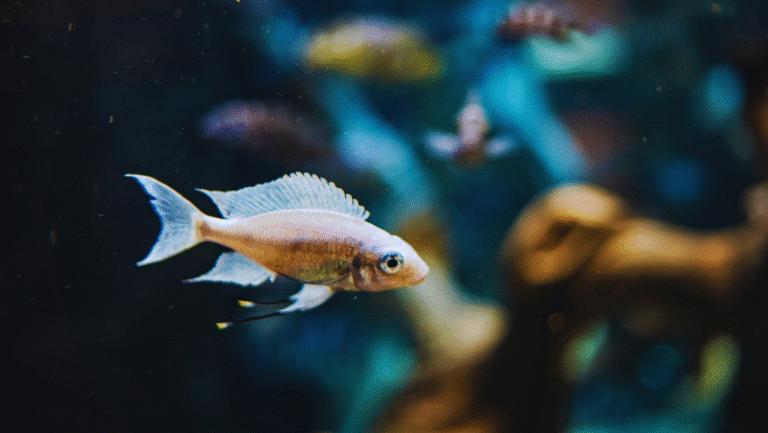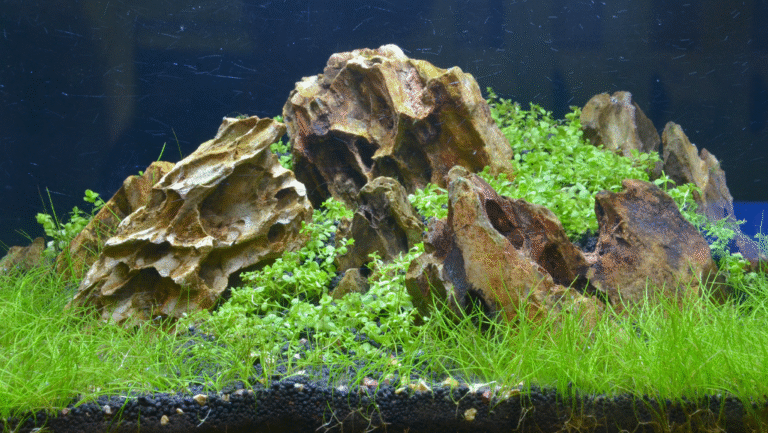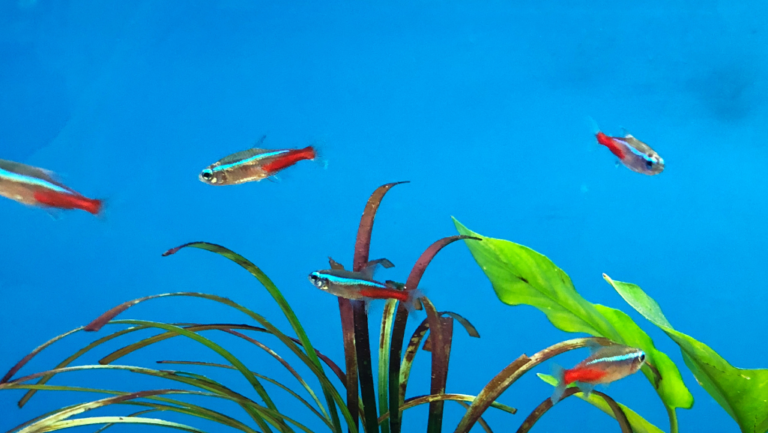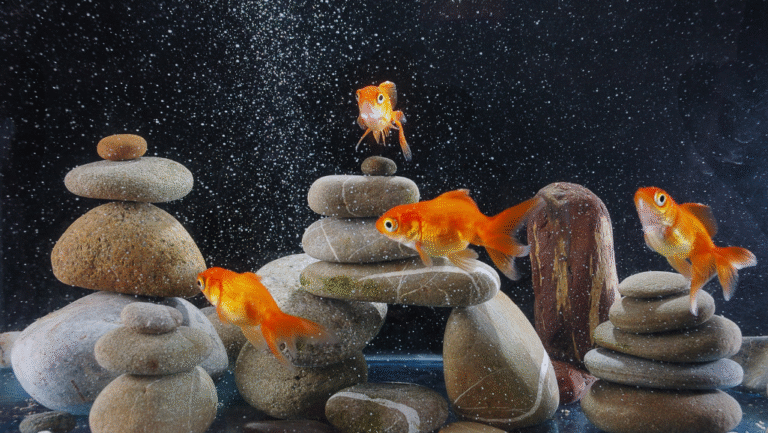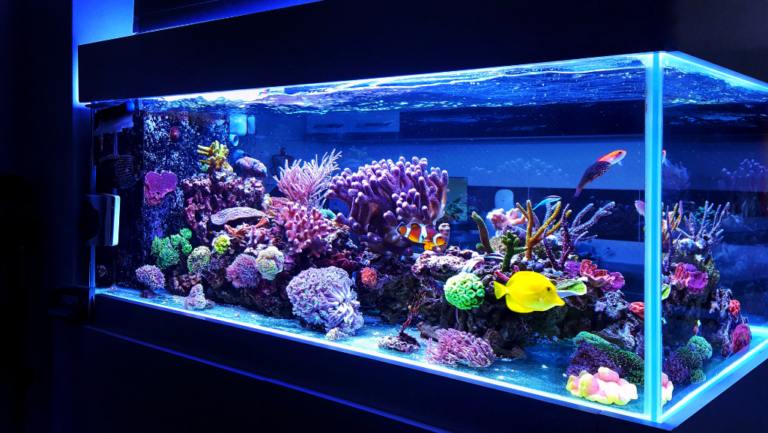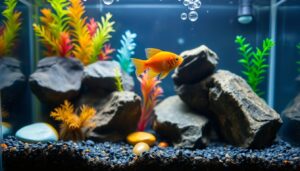Explore the amazing world of the ocean by setting up a saltwater aquarium. It turns your home into a peaceful marine oasis. This oasis is not just calming but also showcases the ocean’s variety of life right in your living room.
Creating a reef tank is a big project that needs care and a love for learning. Each fish tank shows the owner’s hard work and the beauty of underwater life. A well-kept coral reef setup is not just beautiful but also teaches us about ecosystems.
Building your own marine oasis combines art and science. Starting might seem expensive, but the joy and calm a thriving reef tank brings is priceless. With help from experts like Donald Hewitt and sites like AquaJoyLife, you can create a stunning, living masterpiece.
Key Takeaways
- Maintaining a saltwater aquarium typically requires 1 to 2 hours per week.
- Ongoing costs can be kept minimal with proper planning and basic equipment.
- Setup and maintenance complexity influences overall expenses.
- Fish population and habitat health depend on thorough research and planning.
- Coral diversity contributes to ecological balance and fish well-being.
- Over 100 coral frags can customize the aesthetic of your marine oasis.
- Properly maintained reef tanks also help regulate the tank’s pH levels.
Embarking on the Saltwater Aquarium Adventure
Starting a saltwater aquarium brings a piece of the ocean into your home. It makes your space beautiful and connects you with marine biology and underwater life. Setting up a saltwater aquarium is detailed but rewarding, deepening your love for nature.
Experience the Serenity of a Living Ocean
Watching saltwater fish swim by live corals is calming. This coral reef tank offers a peaceful escape from daily stress. It’s not just beautiful; it’s also crucial for aquarium maintenance, keeping the ecosystem balanced.
The Joy of Creating a Biodiverse Ecosystem
Building a coral reef tank is like creating a masterpiece. Each coral, fish, and invertebrate adds to the story. Saltwater fish care and coral nurturing are fulfilling, showing the beauty of marine life.
Educational Value of a Marine Aquarium
A marine aquarium is more than pretty; it’s a learning space. It teaches about marine biology, ecosystems, and underwater life. It’s a great way to learn and care for the ocean.
Designing Your Dream Marine Oasis
Creating a marine sanctuary is more than just putting things together. It’s about finding the perfect mix of beauty and nature. Your goal is to make a living masterpiece that looks amazing and supports life. Using aquascaping techniques can turn your water space into a vibrant, eco-friendly world that shows off your artistic expression.
Start by thinking about the size and shape that fits your space and how you want to use it. For example, a Boyu EC-400 Series nano aquarium, which holds 33 liters, is great for small areas. A bigger tank, like a 100-gallon one, lets you get creative with your design. Imagine your tank as a living masterpiece to help choose what to include and how to arrange it.
- Rock Choices: Pick the right shapes and types, like Tropic Eden Morocca Rock, to add depth and beauty.
- Substrate Selection: Choose darker gravels to make marine life colors pop and hide algae.
- Plant Life: Add artificial plants for color and realism.
Every item in your tank should work together for harmony and function. Think of it like setting up a scene in a play, where each piece supports the whole story. Use cement or epoxy to keep your rocks stable, creating safe spots for marine life. Following the Golden Ratio in design makes your tank look good and helps it feel like a real reef, which is better for the fish.
Building your marine oasis is a rewarding journey of patience and creativity. It’s about blending science with artistic expression, making every choice you make better for the environment and look. Start this creative project, and see your dream come to life in your home.
Aquascaping Techniques for a Captivating Reef Tank
Designing a reef tank is both an art and a science. Aquascaping is key, making your tank look great and keeping marine life healthy. We’ll explore how to make your tank beautiful and good for the sea creatures.
Strategic Rock Placement for Natural Appeal
The rule of thirds is a big part of aquascaping. It’s like art, dividing the tank into nine squares. This helps place rocks in a way that looks natural and interesting.
Start with big rocks at the bottom for stability. Then add smaller rocks to create height and structure. This not only looks good but also helps water flow and keeps the tank healthy.
Choosing the Right Corals for Your Display
Picking the right corals is crucial for your tank’s look and health. Choose ones that do well under your aquarium lighting. Think about their growth and color to match your aquascape.
Dry rock is a good base for corals. It’s affordable and can be shaped to fit your design. You can also use colored rocks to make your tank look like a real reef.
Lighting and Flow: Setting the Stage for Growth
Good aquarium lighting and water flow are vital for coral health. Place lights carefully so each coral gets the right amount of light. Water flow should be natural, bringing nutrients to corals and removing waste.
A well-designed aquascape has open spaces for water to flow. This helps all sea creatures in your tank thrive.
When designing your reef tank, aim for balance and beauty. Your goal is a tank that’s stunning and supports a healthy marine life.
Maintaining a Healthy Saltwater Aquarium
Keeping the ecological balance and ensuring good water quality is key to a healthy saltwater aquarium. Daily, weekly, and monthly routines are important for the tank health. They need regular care to avoid common problems.
Daily tasks help keep the aquarium balanced. For example, adding fresh water to replace what evaporates is needed. Checking the water temperature and specific gravity is also important. Watching your fish for signs of stress or illness helps catch problems early.
Weekly, you need to test the water chemistry. This includes checking ammonia, nitrite, nitrate, and phosphate levels. Cleaning the glass panes also helps keep the water clear and prevents too many nutrients.
- Monthly, you should do partial water changes—about 10-25%—to remove waste.
- Every two months, clean the protein skimmer, pumps, and other equipment to keep everything working well.
Changing the water’s salinity, pH, and alkalinity regularly is important. This helps keep the environment healthy for coral and fish. Using CO2 scrubbers or limewater solutions can help keep the alkalinity and pH levels right. For coral and clams, adding calcium and buffering agents daily is crucial.
By paying close attention to these details, you can keep your saltwater aquarium healthy and beautiful. It’s not just about doing tasks. It’s about understanding and meeting the needs of your marine life. This creates a vibrant and thriving underwater world.
The Art and Science of Saltwater Fish Care
Starting a saltwater aquarium is a mix of art and science. It’s not just about making it look good. It’s about keeping your fish healthy and happy. This means balancing their care, making sure they fit well together, and keeping them disease-free.
This balance turns your aquarium into a living world. It’s not just a decoration; it’s a thriving community.
Selecting Compatible Species for Your Ecosystem
Choosing the right fish is key to a peaceful aquarium. You need to think about what each fish needs. For example, some fish can harm live coral, so you need to pick ones that are safe for it.
A good community is not just pretty. It also keeps stress and fights down. This helps keep everyone healthy and happy in your aquarium.
Feeding Rituals and Nutrition
Every fish in your tank needs different food. You need to feed them in ways that feel natural to them. This not only feeds them but also makes your tank look alive.
Feeding right is important. It helps your fish grow and live longer. It’s a way to show your tank’s beauty and care.
Preventative Health Measures and Disease Management
Preventing disease is the best way to keep your fish healthy. You need to keep the water just right. This means checking things like ammonia and pH levels often.
Using good tools to check the water and getting fish from trusted sources helps a lot. It keeps your tank strong against sickness. Also, making sure the water has the right salts and minerals helps your fish thrive.
This care shows you’re serious about protecting marine life. It’s the highest level of aquarium care.






